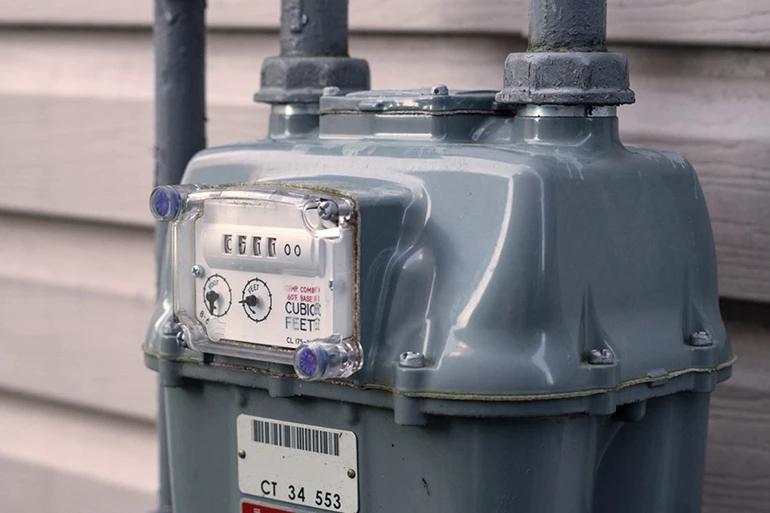Natural Gas vs. Propane: What Are the Differences?
So, you've decided you want a fuss-free fireplace or fire pit and have begun shopping for your new hearth appliance, but you've hit a snag. There are still multiple fuel options, but you keep pondering between propane vs natural gas or natural gas vs propane. This is not completely uncommon.
If it's looking like solid fuel is not a desirable option for your application, a gas-fueled appliance may be the winner. There are many differences between natural gas and liquid propane. We'll cover those here so you have everything you'll need to make a fuel type choice.
What is Natural Gas?
Natural gas is one of the Earth's cleanest fossil fuels available. Being both odorless and colorless in its natural state, this gas produces mostly carbon dioxide, water vapor, and small amounts of nitrogen oxides when burned. This gas forms deep in the Earth, from long-dead organisms that have been put under high pressure.


